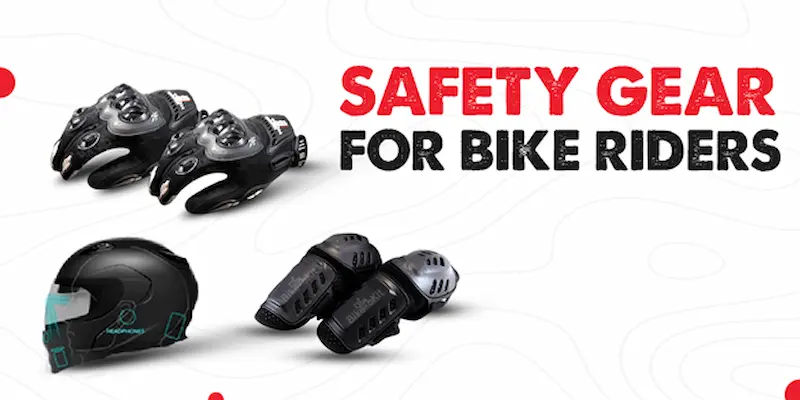Safety Gear a Motorcycle Rider Can Use to Protect Themselves
Every piece of safety gear you wear increases your chances of walking away from a crash instead of getting carried away. That’s why wearing the right protective equipment is something every rider needs to treat like a rule.
Riding gear isn’t just for looks or comfort. It’s called personal protective equipment (PPE) for a reason. Its job is to shield your body from impact, sharp objects, extreme weather, and the road itself. If you ride often, whether you’re new to it or you’ve been doing it for years, your gear is what makes sure you get to do it again tomorrow. Good PPE can actually protect your life.
Now, even if you’re being careful, things can still go wrong. And if that happens, especially in a bad crash, you may need legal help to get compensation or cover your medical bills. Experienced attorneys for serious motorcycle accident claims can make the situation better. But the goal is to avoid ever needing them. And the best way to do that is to wear the right gear, every single time you ride.
Let’s go through the safety gear you need as a rider.
Helmet
A helmet is the most important piece of gear you’ll ever wear. It protects your head, which is the most vulnerable part of your body in a crash. When a motorcycle goes down, riders almost always hit their heads on something. That could be pavement, a car, a tree, or even their own bike. Without a helmet, those impacts can easily be fatal.
Your helmet should fit snugly. It shouldn’t shift when you move your head, and it should always be strapped in securely. The visor should be clear and scratch-free so you can see clearly. It should also meet a recognized safety standard, like DOT, ECE, or SNELL. If it has a CE mark, that means it passed impact tests under European rules.
Don’t ever clean your helmet with strong chemicals like solvents or gas. Those can damage the helmet’s structure and make it less protective, even if it still looks fine. And never wear a cracked or old helmet. If it’s been in a crash or dropped hard, replace it.
Body Armor
If you want even more protection, you can wear extra body armor under or over your regular gear. This armor covers key areas like your spine, chest, ribs, shoulders, and elbows. It’s designed to absorb and spread the force of hard impacts.
The best armor is CE-certified and comes in two levels. Level 2 offers better protection. Some armor is made from viscoelastic materials, which feel soft while wearing but harden instantly during a crash to absorb energy. This kind of armor doesn’t feel bulky and still gives you freedom to move.
Boots
Your feet and ankles take a lot of damage in motorcycle crashes, especially if the bike lands on your legs or you hit something at an angle. That’s why motorcycle boots are different from normal shoes.
Good riding boots are made from strong leather or synthetic material. They cover your ankle and sometimes go up your shin. They have reinforced toe boxes, heel cups, and ankle guards to protect against crushing, twisting, or sharp impacts. Some boots even have steel or plastic reinforcements to keep your foot from getting twisted in a crash.
Avoid boots with laces. Laces can get caught in your chain or controls, which can cause a crash by itself. Instead, look for boots with Velcro or zippers. The sole should be thick, stiff, and oil-resistant to help you grip the pavement and stay balanced on the bike.
Gloves
When people fall, their hands are usually the first thing they throw out to stop themselves. That’s true in motorcycle crashes, too. Without gloves, your hands take the full force of the landing. That can mean broken fingers, torn skin, or even worse.
Motorcycle gloves are designed to absorb impact and protect your hands from sliding across the ground. They’re usually made from thick leather or Kevlar, and some have extra protection at the knuckles and wrists.
Look for gloves with a strong palm area and extra grip. Some gloves include wrist support, too, which helps prevent fractures.
Visit the rest of the site for more interesting and useful articles.

